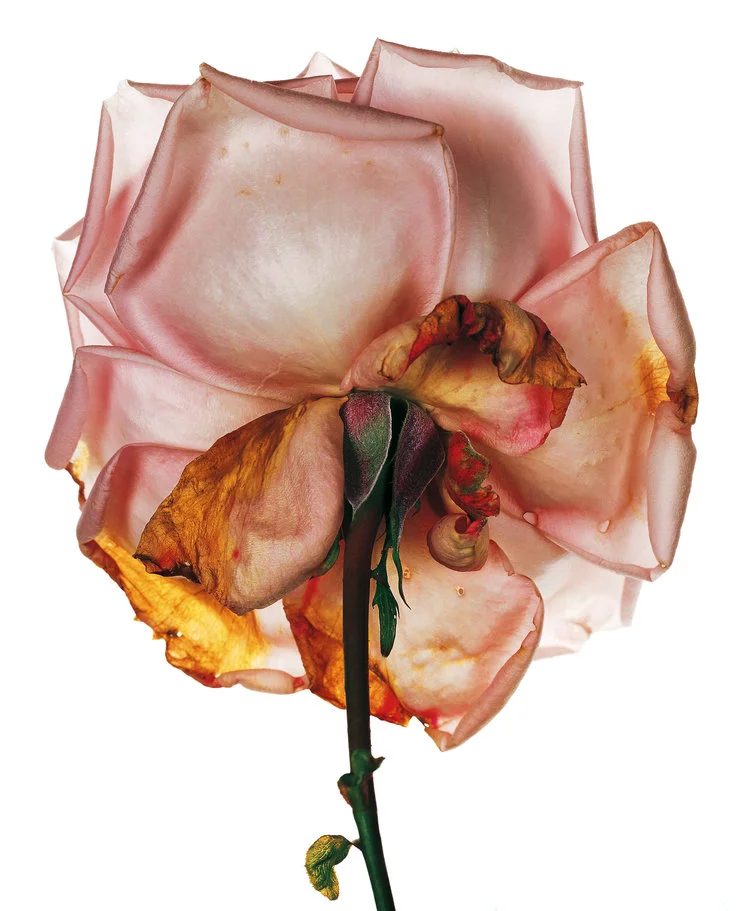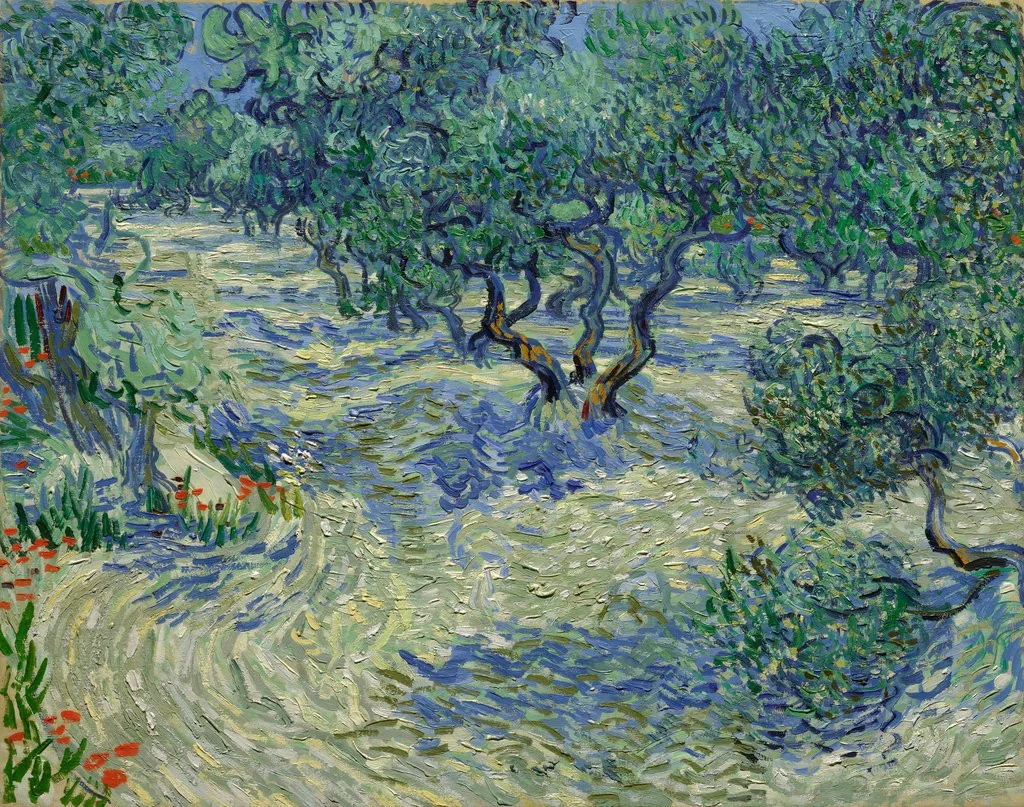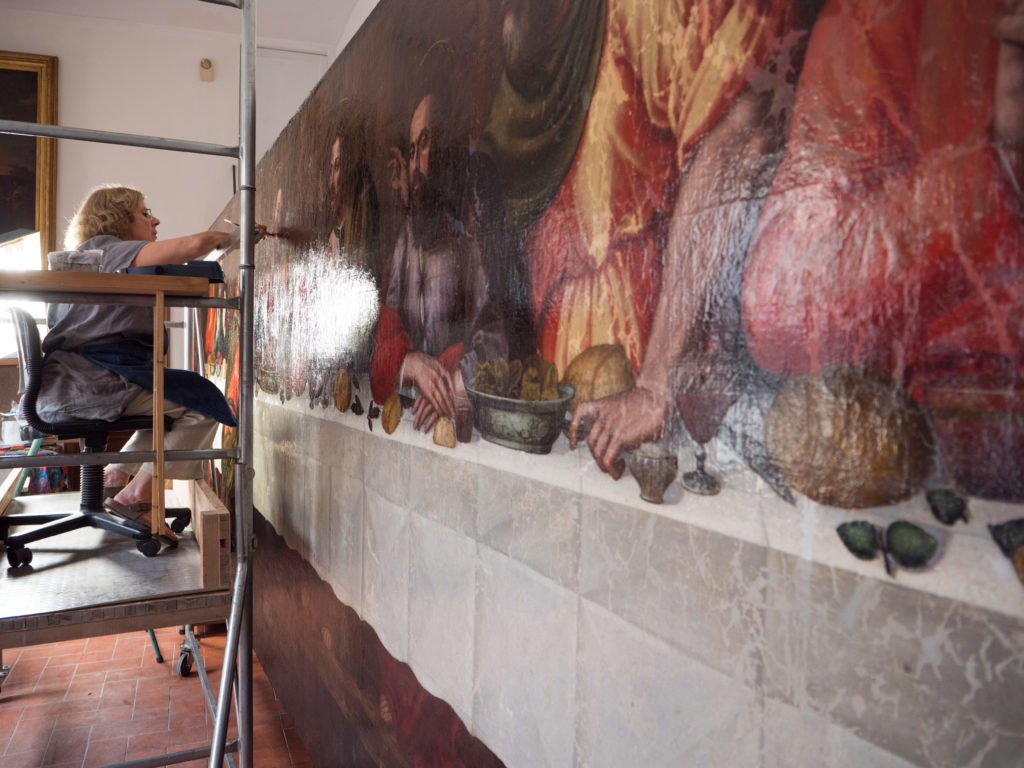5 Beautiful Things
You’ve scrolled through all the news articles of the day, and now it’s time for a beauty break. A palate cleanse, so to speak. So today, I bring you 5 things that I find beautiful.
1. Irving Penn
Rob and I own several books of the photographs of Irving Penn and the website dedicated to his work is a real treasure trove.
From his bio:
Irving Penn was one of the twentieth century's great photographers, known for his arresting images and masterful printmaking. Although he was celebrated as one of Vogue magazine's top photographers for more than sixty years, Penn was an intensely private man who avoided the limelight and pursued his work with quiet and relentless dedication. At a time when photography was primarily understood as a means of communication, he approached it with an artist's eye and expanded the creative potential of the medium, both in his professional and personal work.
I love all his work. The still lifes, the flowers, the fashion, the portraits. In his still lifes, he gets at the decay of things, the gritty underbelly of life. His clarity of vision is extraordinary.
Irving Penn
2. Grasshopper in a Van Gogh Painting
The year before Van Gogh died in 1890, he painted “Olive Trees.” And in it is embedded a grasshopper. This was discovered by Mary Schaffer, a conservator at Nelson-Atkins Museum of Art. You can see a photograph of the creature in an article at The NY Times.
I find it beautiful that there is such close looking, and that the interest in Van Gogh’s paintings is so deep. There is something so real and so fragile about the presence of this small life form preserved inadvertently in the painting. One thinks about whether it was a choice by Van Gogh to leave it where it had landed (apparently it was dead when it arrived).
The problem of bugs and flotsam sticking to one’s painting would have been a common issue for plein-air painters and still is, of course. Sometimes trying to remove a bug is trickier than it is just to paint over it, I imagine.
3. The Restoration of Plautilla Nelli
I started out in my writing career writing about women artists (in All the God-Sized Fruit), and so I find this particularly beautiful. The organization Advancing Women Artists, is facilitating the restoration of work by more or less forgotten women artists. Pictured below is a painting by Plautilla Nelli being worked on. Nelli was a nun in the 16th century, and a self-taught artist. Read more about it and her here.
Rosella Iari working on Plautilla Nelli’s Last Supper
4. Mandy Coe’s Let’s Celebrate, and Anthony Wilson’s Blog
Well, I’m “stealing” this next one from Anthony Wilson’s blog, which is a thing of beauty. Please go to his blog and read more, you won’t be disappointed.
Let’s Celebrate
the moments
where nothing happens.
The moments
that fill our lives.
Not the field bright with poppies, but
the times you walked, seeing
no leaves, no sky, only one foot
after another.
We are sleeping
(it’s not midnight and
there is no dream).
We enter a room – no one is in it.
We run a tap,
queue to buy a stamp.
These are the straw moments
that give substance
to our astonishments;
moments the homesick dream of;
the bereaved, the diagnosed.
5. Some Mercy Now
This next beautiful thing, is actually two beautiful things. The first is Stephen T. Berg’s blog, Grow Mercy, where he recently posted this amazing poem titled, “If I were to do it all over again.” It includes the following lines, though I encourage you to read the whole poem here.
I would give myself to lilacs at every opportunity.
I would be obedient to the rhythm of rivers.
I would allow meaning to grow in its own garden,
and not rip it up and place it on a metal table for dissection.
I’d do the same with faith.
I would learn to look at myself kindly, with love, and if not love
at least forgiveness, which is a form.
Lastly, the music video by Mary Gauthier, Mercy Now.
In an interview with Mary Gauthier, she says:
BA: What has been your greatest victory with this song so far?
MG: Well, I am not sure there’s a single event I would call a victory, but I think that just having the song continue to do work in the world has been very gratifying. When a song takes on a life of its own, and goes out there and works its way through human hearts one after another over a decade or more, I know it’s a good song, and that is a victory in and of itself. Gillian Welch likes to say that we don’t know if a song is great until 50 years after it's written, and I agree with that. A song is great if it continues to be played and sung long after the writer has passed. I hope that will be the case with "Mercy Now," but I won’t be around to see if it will be so.








